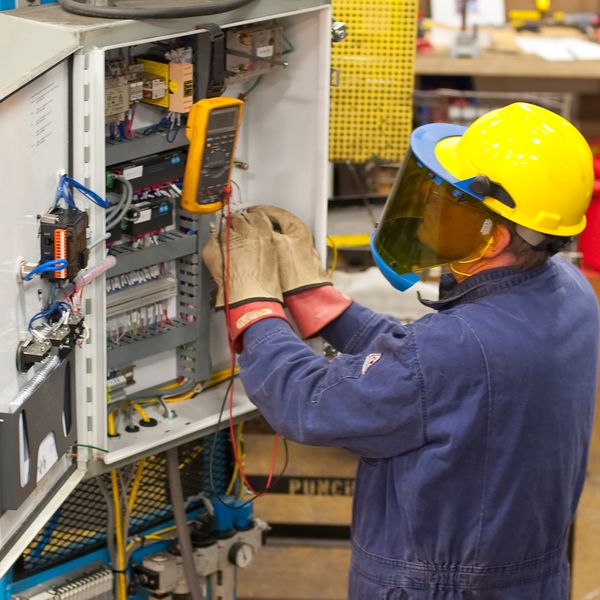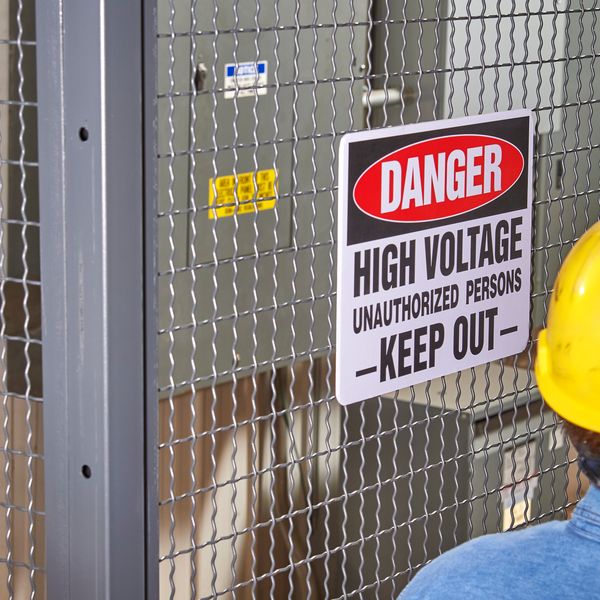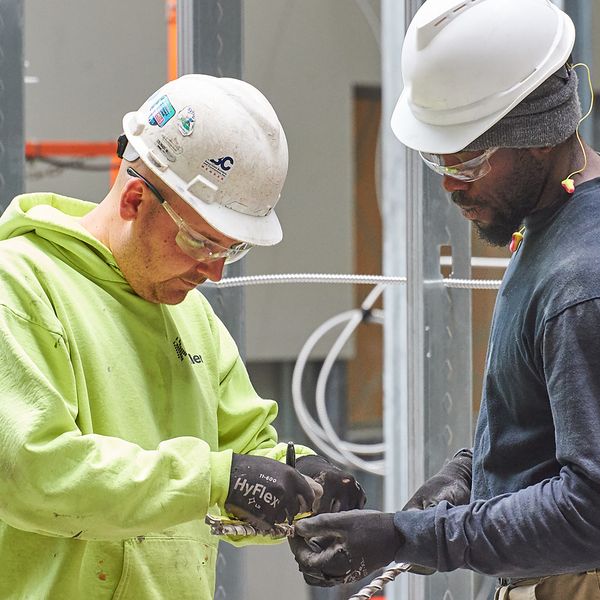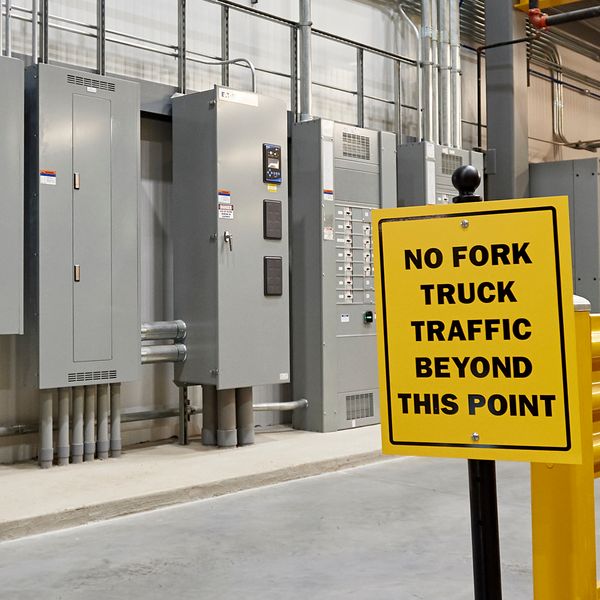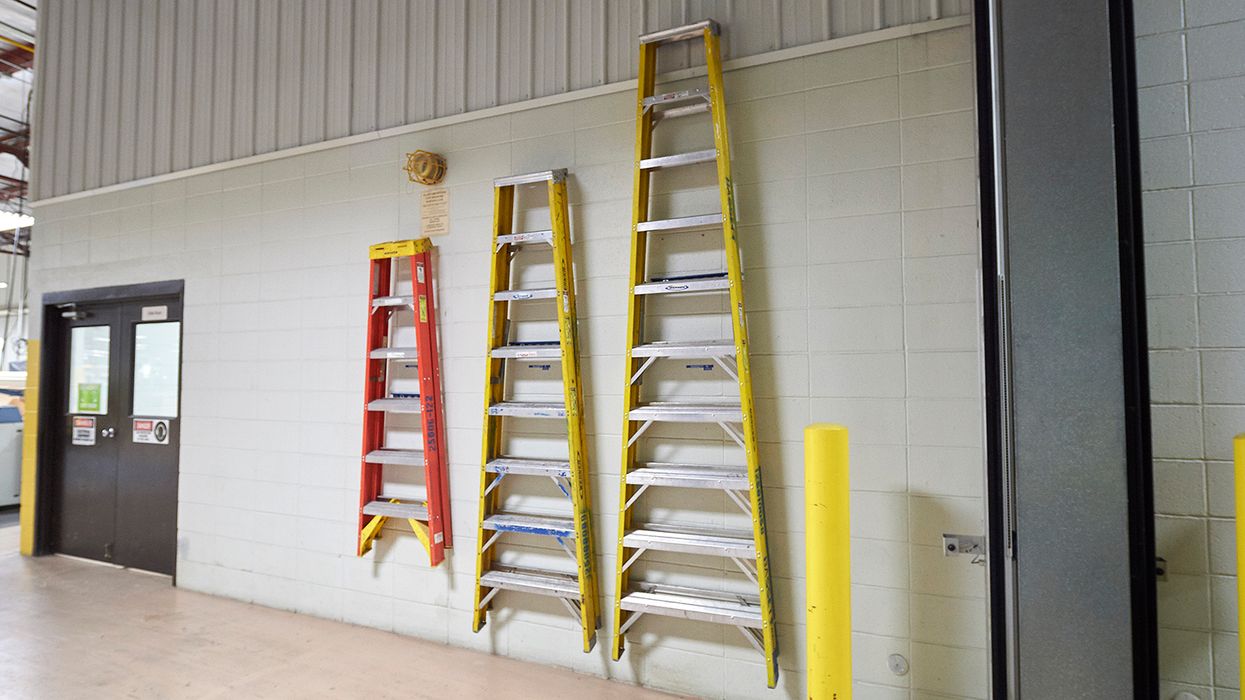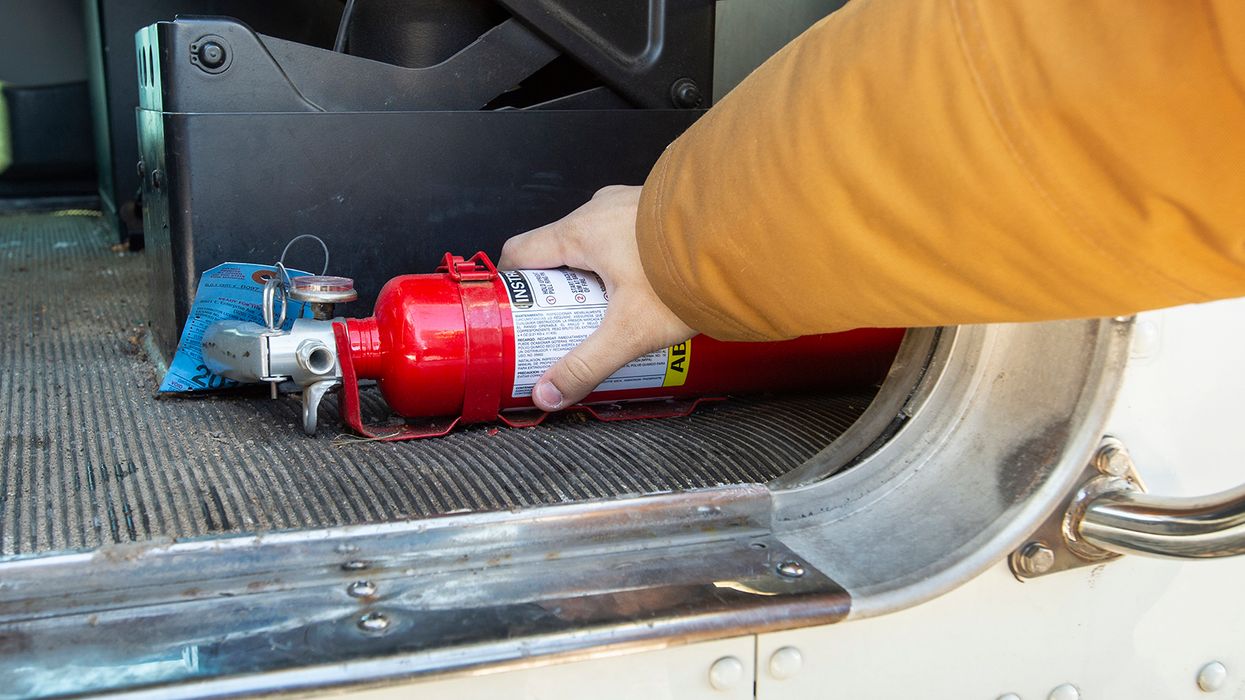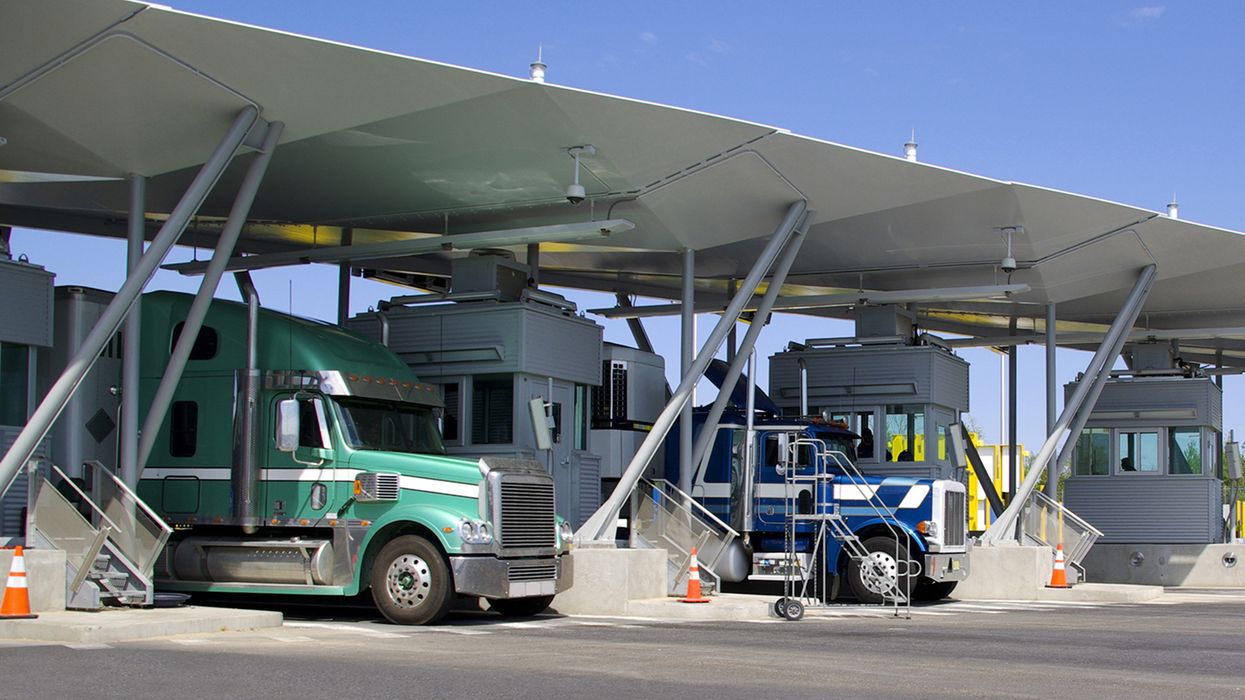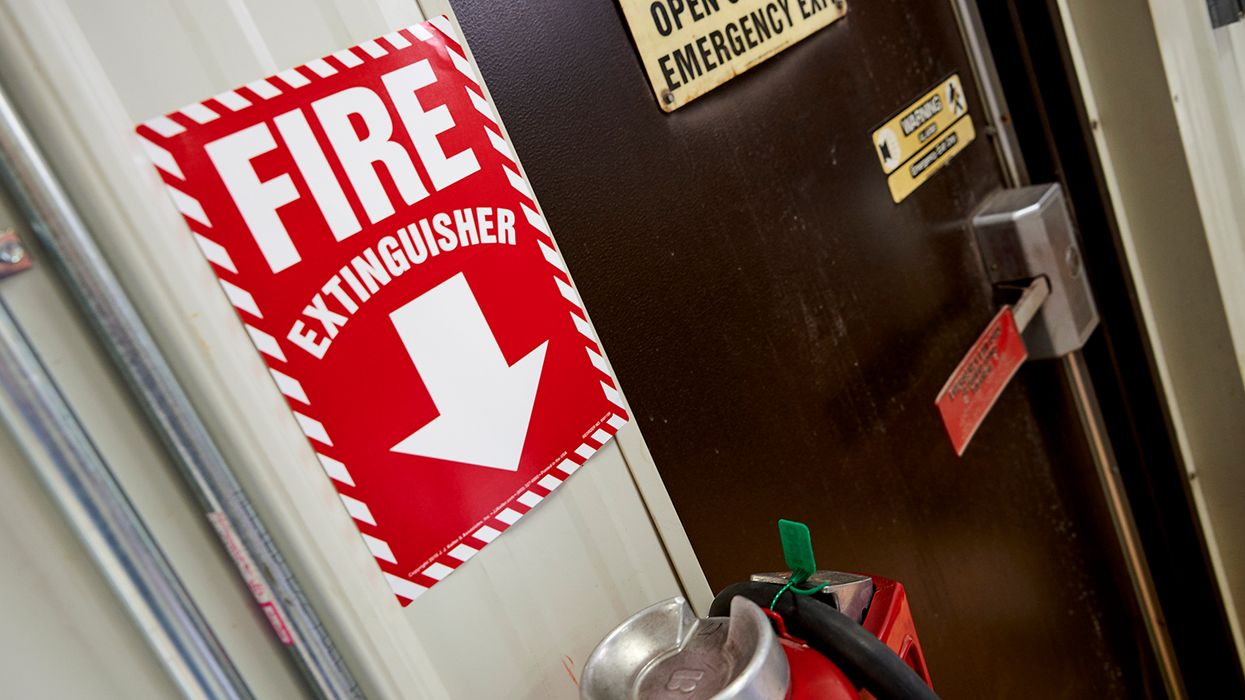What is the difference between qualified and unqualified electrical workers?
Are your workers truly prepared to face workplace electrical hazards? Or are you unknowingly putting them in harm’s way? You can ensure their safety by understanding the critical differences between qualified and unqualified personnel.
The importance of electrical safety training
Every year, thousands of workers are injured or even killed due to electrical hazards in the workplace. Many of these incidents could be prevented with proper electrical safety training. Ensuring your workers are adequately trained isn't just about meeting compliance requirements. It’s about protecting your workers and making sure they make it home safe at the end of the day.
Without the proper knowledge and training, your workers may not recognize potential electrical dangers. This could lead to incidents that could result in serious injury or death. For example, did you know that maintenance workers might need electrical awareness training? There have been reported incidents of shock while exposed to live electrical wires when performing routine maintenance, such as changing light bulbs.
Allowing unqualified personnel to perform tasks meant for qualified workers can result in costly mistakes, equipment damage, and potential liability problems.
Qualified vs. unqualified personnel
In the context of electrical safety, the terms "qualified" and "unqualified" are more than just labels. OSHA has very specific definitions for each term. They define the level of training, experience, and knowledge that a worker has regarding electrical systems.
Qualified personnel have undergone specific training that enables them to identify electrical hazards and know how to mitigate them. These individuals are knowledgeable about the construction and operation of electrical systems and know the National Electrical Code (NEC) and OSHA regulations. A qualified worker understands the risks involved in working with or near energized equipment and knows how to protect themselves and others from those risks.
- OSHA definition of a qualified person: One who has received training in and has demonstrated skills and knowledge in the construction and operation of electric equipment and installations and the hazards involved; or, an employee who is undergoing on-the-job training and has demonstrated an ability to perform duties safely at his or her level of training, and is under the direct supervision of a qualified person is considered a qualified person for the performance of those duties.
Unqualified personnel lack the necessary training and knowledge to safely handle or work near electrical systems. These workers might be aware of the general dangers associated with electricity, but they do not have the expertise to identify specific hazards or take the appropriate precautions. Unqualified workers should not be allowed to work on or near live electrical equipment. Their role should be limited to non-electrical tasks, and they should only interact with electrical systems that have been properly de-energized and locked out.
- OSHA definition of an unqualified person: Workers who have little to no training for work that is performed near or on equipment or circuits that are or may be energized.
Training qualified electrical workers
The first step in ensuring that your workers are qualified is to provide comprehensive electrical safety training. This training should cover the basics of electrical systems, the specific hazards associated with them, and the protective measures necessary to work safely. Training should be ongoing, with regular updates to ensure that workers remain knowledgeable about the latest safety standards and techniques.
In addition to training, it's important to assess the experience level of your workers. Even with training, a worker who lacks hands-on experience may not be fully qualified to handle certain tasks. Mentorship programs, where less experienced workers are paired with seasoned professionals, can be an effective way to build expertise within your team.
Finally, always enforce strict safety protocols in the workplace. Use lockout/tagout procedures to ensure that electrical systems are de-energized before work begins. Provide the necessary personal protective equipment (PPE) to all workers, regardless of their qualification status.
Key to remember: Understanding the difference between qualified and unqualified personnel is crucial for maintaining a safe work environment. By providing proper electrical safety training and ensuring that only qualified workers are assigned tasks involving electrical systems, you can help reduce the risk of electrical incidents at your workplace.





